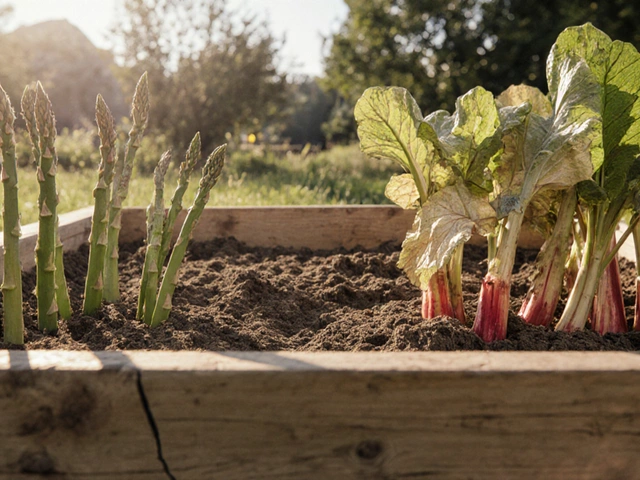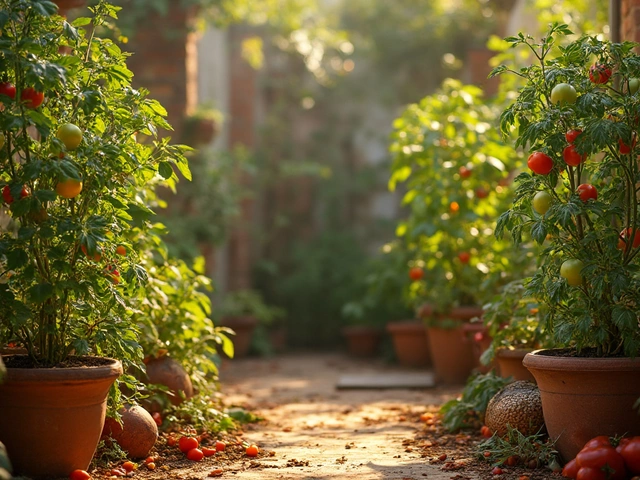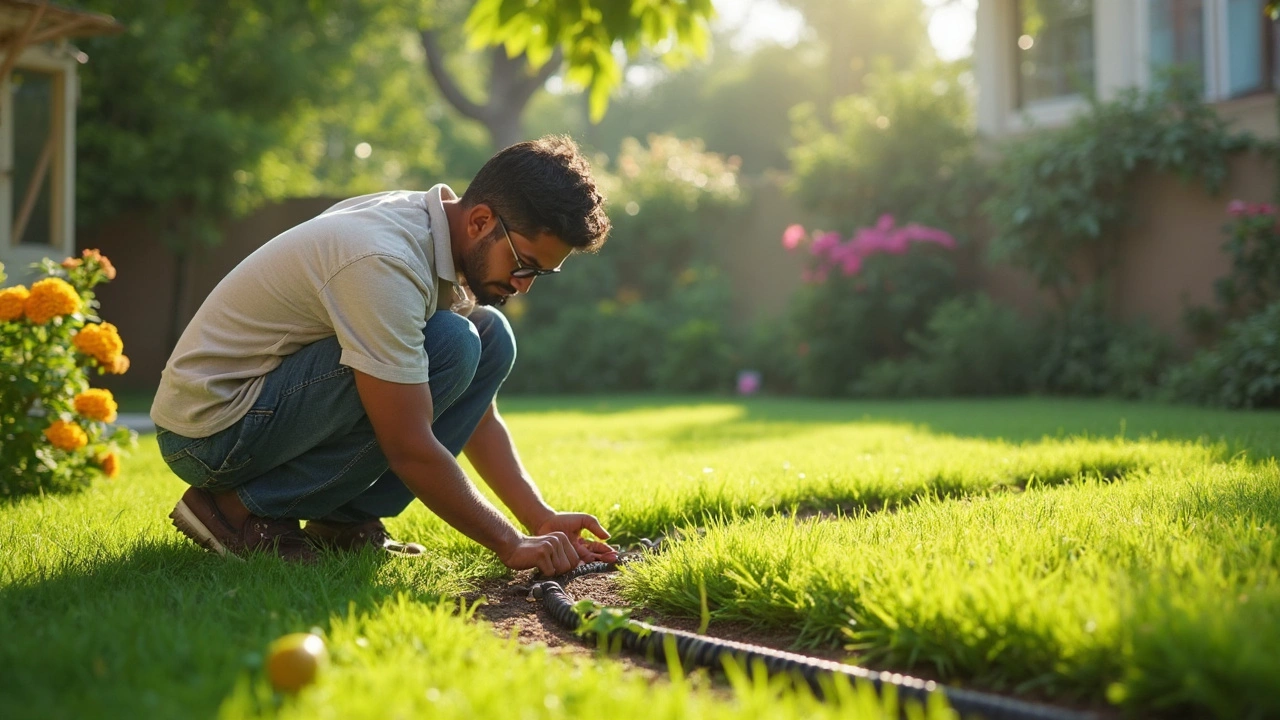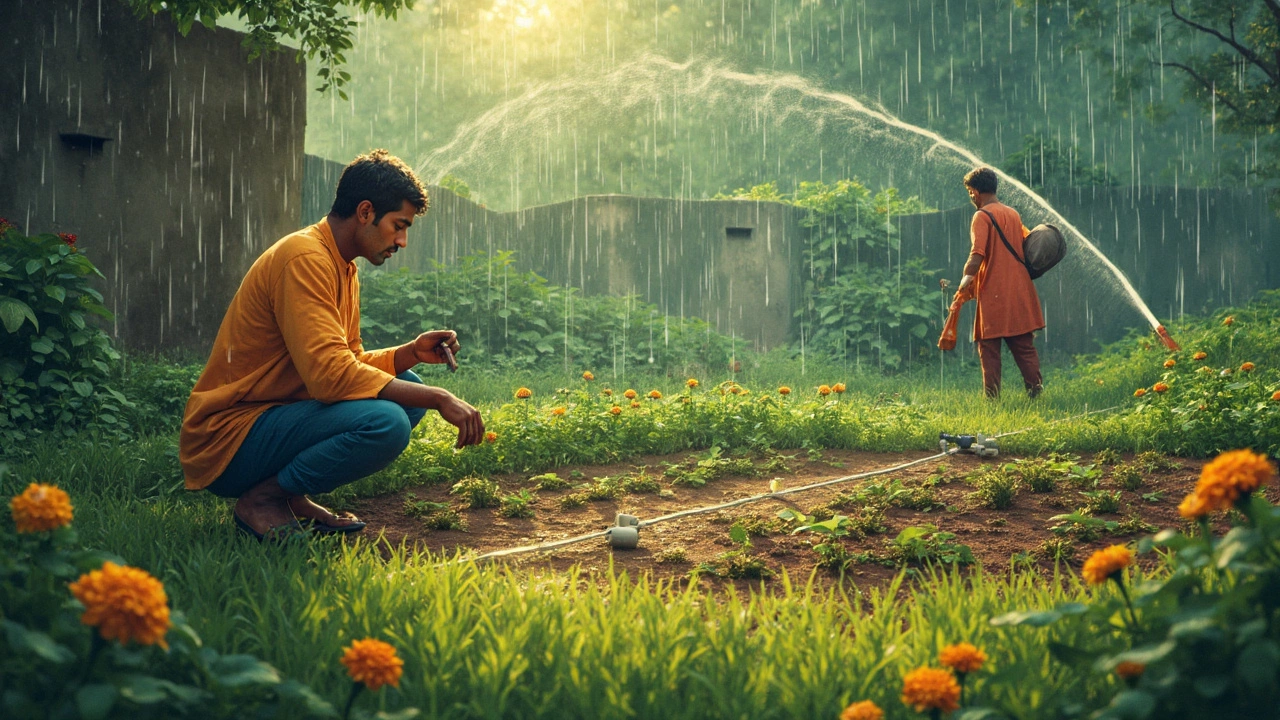Lawn Care Made Easy: Practical Tips for a Lush Yard
Want a green carpet that looks good without a lot of hassle? You don’t need a fancy garden crew – just a few right habits. Below are the everyday steps that make a big difference, whether you have a small balcony lawn or a big backyard.
Watering and Irrigation
Water is the biggest factor for any lawn. In most Indian climates, early morning is the sweet spot – the grass drinks before the sun turns the water into steam. Aim for about 1 inch of water per week; you can measure it with a simple rain gauge or a straight‑edge placed on the ground. If you have drip irrigation, bury the lines at the right depth (about 6‑8 inches) so they stay cool and deliver water right to the root zone. This saves water and stops weed growth.
If you prefer a sprinkler, set it on a timer and let it run for short bursts. Short, frequent watering encourages deeper roots, which means the grass can handle dry spells better. Avoid watering in the evening – damp grass at night invites fungal problems.
Mowing and Soil Health
Cutting the grass the right way is more than just a tidy look. Keep the mower blade sharp; a dull blade tears the blades and makes the lawn look brown. Follow the “one‑third rule” – never cut more than a third of the blade height in one go. For most Indian grasses, 2‑3 inches is a good length. Taller grass shades the soil, reduces evaporation, and crowds out weeds.
After mowing, give the clippings a chance to decompose. They return nitrogen and other nutrients right where the roots can use them. If you have heavy or compacted soil, sprinkle a thin layer of compost or sand to improve drainage. Simple add‑ins like organic matter help the soil stay loose and airy, which the grass loves.
Fertilizing doesn’t have to be complicated. A balanced N‑P‑K (nitrogen‑phosphorus‑potassium) mix applied in early spring and again after monsoon rains keeps growth steady. Look for slow‑release formulas to avoid a burst of growth that needs extra water.
Weeds are the silent lawn killers. Spot‑treat them with a natural solution – a mix of vinegar and a dash of dish soap works on young weeds without harming the grass. For stubborn weeds, pull them out when the soil is moist; the roots come out easier.
Lastly, think about sustainable practices. Using rain barrels to collect monsoon water reduces your water bill and gives the lawn a natural source. Mulching garden beds around the lawn keeps the soil cool and stops weed seeds from sprouting.
Stick to these simple steps and you’ll see a greener, healthier lawn without spending hours in the garden. Remember, consistency beats occasional over‑doing. A little attention every week keeps the grass happy all year.
Can You Mow Over Drip Irrigation? What You Need to Know
Wondering if it's safe to mow over drip irrigation pipes? This article clears up the risks and gives simple tips to protect your watering system while keeping your lawn in top shape. Learn how to spot trouble, prevent expensive repair jobs, and find the best way to set up your drip lines for mowing season. Get real solutions so you can stop stressing every time the grass gets tall.
Underground Sprinklers: Are They Really Worth the Investment?
Wondering if underground sprinklers are worth the money and hassle? This article cuts through the hype, comparing underground sprinkler benefits with more hands-on drip systems. We’ll look at what setup really takes, water usage, maintenance headaches, and what actually helps your lawn or veggie patch. Get practical advice so you don’t waste time or cash on a system that doesn’t actually fit your needs.
About
Drip Irrigation
Latest Posts


How to Fix Hard Soil in Your Garden for Healthier Plants
By Alden Thorne Jun 29, 2025

Discover India's All-Season Wonder: The Marigold
By Alden Thorne Mar 23, 2025

How Long Do Tomatoes Take to Grow? Quick Guide for Garden Lovers
By Alden Thorne Mar 3, 2025


